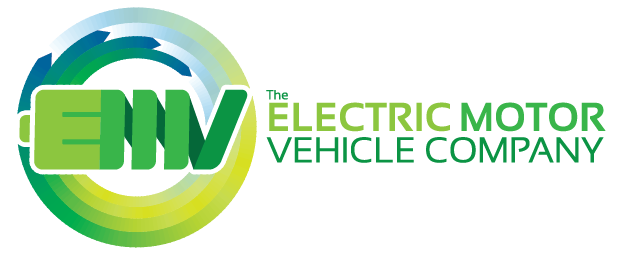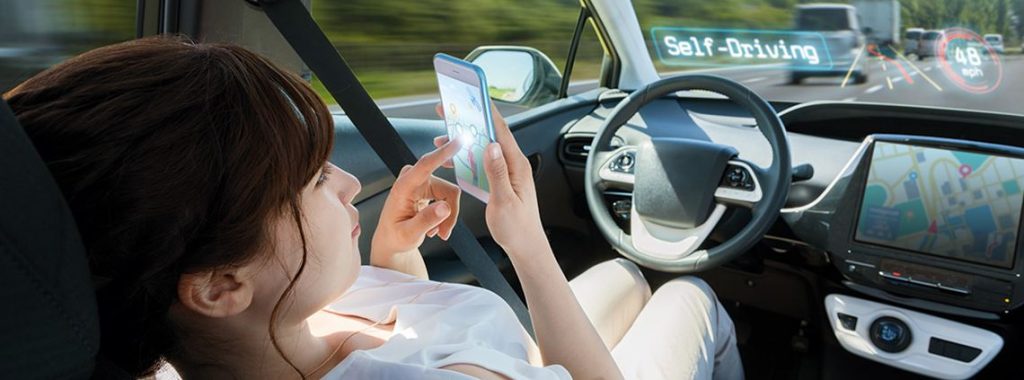As the level of automation increases a lot of computer “ learning” is required. This involves computers on board each vehicle sharing information and storing it in the “cloud”.
This knowledge then identifies every situation the vehicle may encounter on a journey. In this way individual vehicles will not have to be programmed but they will be able to see the situation and almost instantly communicate this to the “learned” information stored in the cloud and take appropriate action.
Therefore individual vehicles do not need to do any “relearning” and once the data base is developed the vehicle will be able to deal with any situation. This process has been underway for some years in Silicon Valley in the USA and the first vehicle has just driven right across the USA from coast to coast without any human interference.
All the new EVs are also fully fitted with GPS location devices. These vehicles will soon be equipped to communicate with each other to determine their relative locations and take avoidance measures to avoid collisions. This will be particularly useful when passing and at roundabouts and intersections. This ability alone could greatly reduce the road toll.
Automation In New Zealand
I don’t envision that the upper levels of automation will be reached in NZ for many years as there are still many issues to be resolved. These issues include (but are certainly not limited to) the following:
—- Protocols being reached between the manufacturers to share information and use systems that mesh seamlessly between all vehicles and the cloud. I can see manufacturers wanting to control their own vehicle data to try to dominate the market.
— To work safely information is going to have to be transferred in great quantities almost instantly. The current 4G level of communication recently reached will not cope with this. We will need to roll out 5G communication systems which is only just now starting in the USA. This will be very expensive for NZ to install as this setup involves much shorter wavelengths and therefore the repeater stations need to be very close together. However the speed of data transfer is well over 100 times faster. A full length film can be downloaded in several seconds!
— Liability and insurance cover issues need to be resolved. If there is an accident who is at fault? The driver/ passenger who has no direct involvement or the vehicle manufacturer? I cannot envisage insurance companies not being able to lay the blame at somebody’s door! On the other hand there will be far less accidents, there will be far fewer cars on the road as we turn to shared use of vehicles, and driver mistakes will be greatly reduced. Considering all these pluses insurance costs should reduce so maybe we should all pay a little ( just like ACC cover ) and all be covered .
We are standing at the crossroads of a very exciting generational change which will help resolve many growing costs and other issues including of course the vexing issue of global warming which I prefer to lump in with pollution of the earth in general.
Alex de Boer- Director
The Electric Motor Vehicle Company Ltd
The 5 Accepted Driving Levels For Autonomous Vehicles
The latest EVs that are in development include computer and associated control systems built in that will allow the vehicle to be driven with different levels of autonomy when the artificial intelligence ( AI) becomes available to allow the driver to pass over control of the vehicle: The different levels of control are classified as follows:
LEVEL 0
Automated system has no vehicle control but may issue warnings.
LEVEL 1
Driver must be ready to take control at any time. Automated system may include features such as Adaptive Cruise Control ( ACC ), Parking Assistance with automated steering, and Lane Keeping Assistance ( LKA ) Type II in any combination.
LEVEL 2
The driver is obliged to detect objects and events and respond if the automated system fails to respond properly. The automated system executes accelerating, braking, and steering. The automated system can deactivate immediately upon takeover by the driver.
LEVEL 3
Within known, limited environments ( such as motorways ), the driver can safely turn their attention away from driving tasks but must still be prepared to take control when needed.
LEVEL 4
The automated system can control the vehicle in all but a few environments, such as severe weather. The driver must enable the automated system only when it is safe to do so. When enabled, driver attention is not required.
LEVEL 5
Other than setting the destination and starting the system, no human intervention is required. The automatic system can drive to any location where it is legal to drive and make its own decisions.


